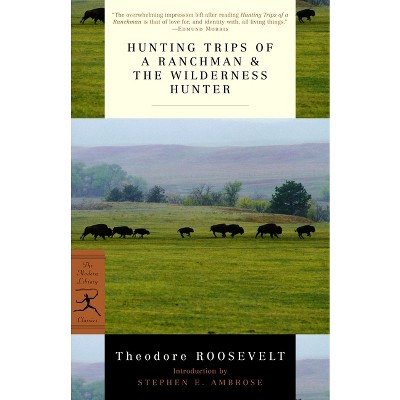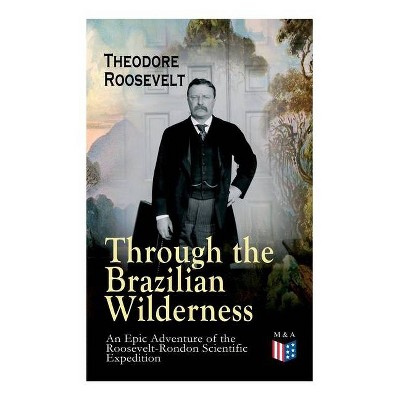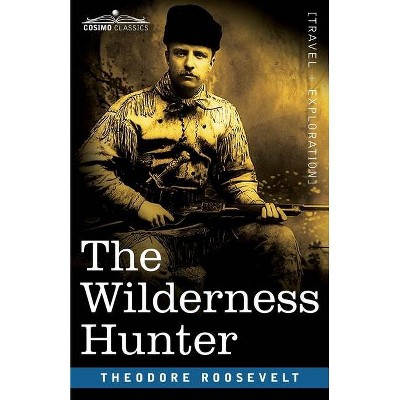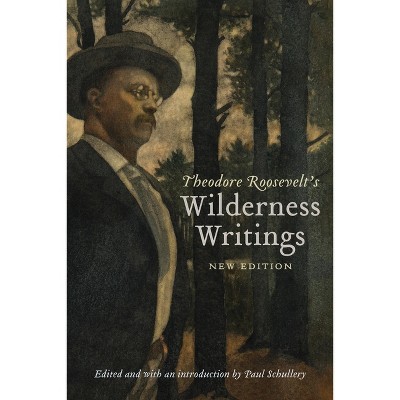Inhabited Wilderness - (New American West) by Theodore Catton (Paperback)

About this item
Highlights
- This volume, the first in the New American West Series edited by Elliott West, explores Alaska's vast national-park system and the evolution of wilderness concepts in the twentieth century.
- Author(s): Theodore Catton
- 309 Pages
- Nature, Environmental Conservation & Protection
- Series Name: New American West
Description
About the Book
This first volume in the New American West Series explores Alaska's vast national-park system and the evolution of wilderness concepts in the 20th century. After World War II, the continued presence of human habitation forced a complex debate over "inhabited wilderness", which culminated in the Alaska National Interest Lands Conservation Act in 1980. The author focuses on three principal national parksGlacier Bay, Denali, and Gates of the Arctic. 24 halftones. 2 maps.Book Synopsis
This volume, the first in the New American West Series edited by Elliott West, explores Alaska's vast national-park system and the evolution of wilderness concepts in the twentieth century. After World War II, Alaska's traditional Eskimos, Indians, and whites still trapped, hunted, and fished in the forests. Their presence challenged the uninhabited national parks and forced a complex debate over "inhabited wilderness." Focusing on three principal national parks--Glacier Bay, Denali, and Gates of the Arctic--the author explores the idea of "inhabited wilderness," which culminated in the Alaska National Interest Lands Conservation Act in 1980. Among other units, the legislation set aside ten national parks, nine of which allow Alaska natives, whites included, "customary and traditional" subsistence use.
From the Back Cover
This volume, the first in the New American West Series edited by Elliott West, explores Alaska's vast national park system and the evolution of wilderness concepts in the twentieth century. After World War II, Alaska's traditional Eskimos, Indians, and whites still trapped, hunted, and fished in the forests. Their presence challenged the uninhabited national parks and forced a complex debate over "inhabited wilderness". Focusing on three principal national parks - Glacier Bay, Denali, and Gates of the Arctic - the author explores the idea of "inhabited wilderness", which culminated in the Alaska National Interest Lands Conservation Act in 1980. Among other units, the legislation set aside ten national parks, nine of which allow Alaska natives, whites included, "customary and traditional" subsistence use.Review Quotes
"Written with clarity and flair, this first-rate work . . . contains insightful analysis throughout, and it represents a significant contribution to the literature on the national parks. Those interested in wilderness, the native rights movement, the place of humans in nature, or hunting issues will also find it of considerable value."











